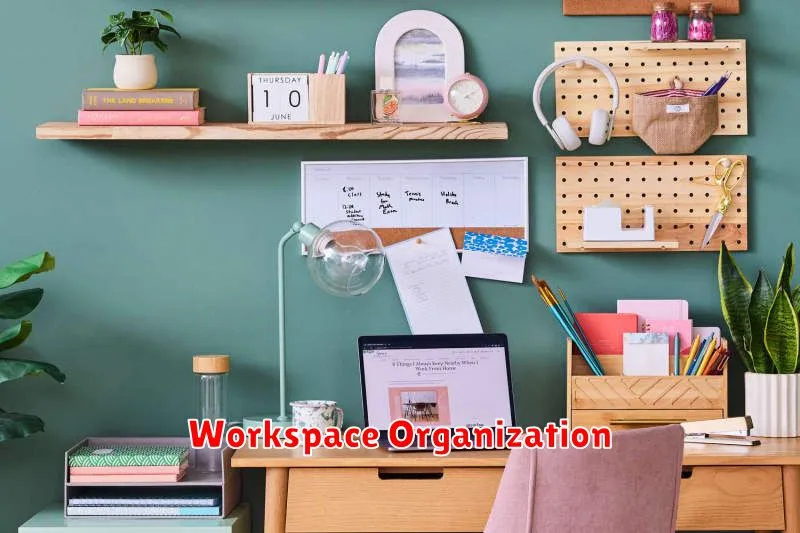Is your workspace cluttered and chaotic, hindering your productivity and focus? Discover five essential tips for organizing your workspace and transforming it into a haven of efficiency. Learn how to maximize your workspace, boost your productivity, and reduce stress with simple yet effective organization strategies. This guide will equip you with practical techniques to create a well-organized workspace that inspires creativity and enhances your overall workflow.
Declutter Your Desk
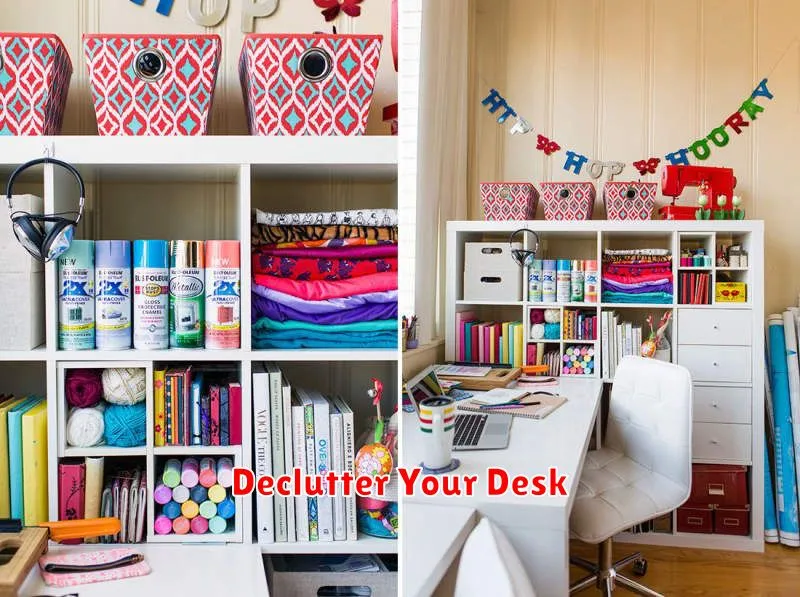
A cluttered desk often reflects a cluttered mind. Decluttering your workspace is more than just tidying; it’s a crucial step towards increasing productivity and reducing stress. A clean and organized desk allows for improved focus and a more efficient workflow.
Begin by removing unnecessary items. This includes old papers, empty coffee cups, and any personal items that don’t contribute to your work. Sort through your belongings, deciding what to keep, what to discard, and what to file away. A good rule of thumb is to ask yourself: “Have I used this in the last month? If the answer is no, it’s likely time to let it go.”
Once you’ve cleared the clutter, it’s time to organize the remaining items. Utilize desk organizers, drawers, and other storage solutions to keep everything in its place. Grouping similar items together—pens and pencils in one container, for example—makes it easier to find what you need when you need it. Consider using labels to further improve organization and clarity.
Maintaining a decluttered desk requires consistent effort. Make it a habit to tidy up at the end of each workday. This prevents clutter from accumulating and ensures that you start each day with a fresh, organized workspace. Implementing this routine will significantly enhance your overall productivity and create a more positive and calming work environment.
Investing in ergonomic furniture can further optimize your workspace. A comfortable chair and a desk at the right height promote good posture and prevent physical strain. A well-organized and ergonomically sound workspace contributes to both your physical and mental well-being, boosting your efficiency and overall job satisfaction.
Install Wall Shelves
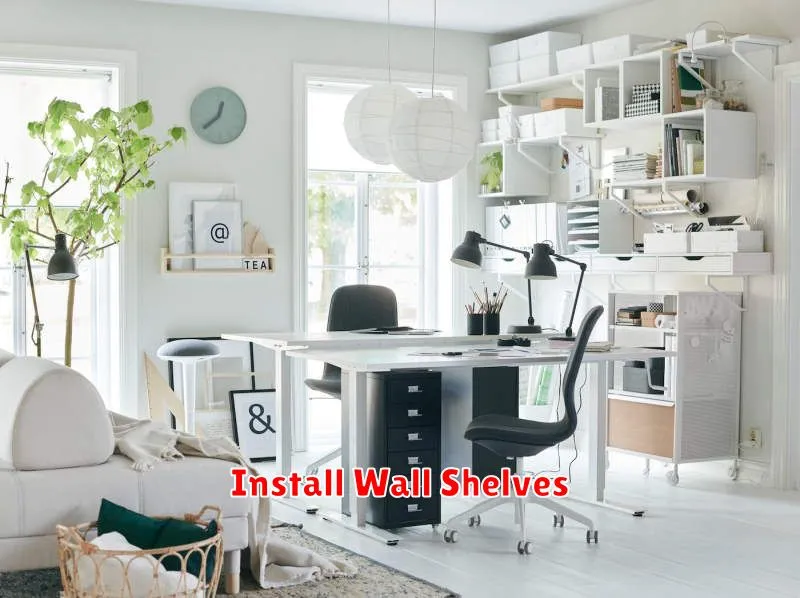
Installing wall shelves is a straightforward home improvement project that can significantly enhance your home’s organization and aesthetic appeal. This guide provides a step-by-step process for a successful installation.
Step 1: Planning and Preparation is crucial. Before starting, carefully measure the space where you intend to install the shelves. Determine the shelf’s dimensions and ensure they are appropriate for the area. Identify the wall studs using a stud finder. This step is vital for secure and stable mounting. Gather necessary tools and materials, including the shelves, screws, a drill, a level, a pencil, and a measuring tape.
Step 2: Marking the Mounting Points requires precision. Using a level and pencil, mark the locations on the wall where you will attach the shelf brackets. Ensure the markings are level and aligned according to the shelf’s dimensions. Accurately placing the marks is paramount for a visually pleasing and functional installation.
Step 3: Drilling Pilot Holes prevents damage to the wall and ensures easy screw insertion. Drill pilot holes at the marked points using a drill bit slightly smaller than the screws you will be using. This step is especially important for drywall to avoid cracking.
Step 4: Attaching the Brackets is the core of the installation. Securely attach the shelf brackets to the wall using the appropriate screws. Tighten the screws firmly but avoid over-tightening, which can strip the wood or damage the wall. Use a level to ensure the brackets are perfectly aligned.
Step 5: Installing the Shelves completes the process. Carefully place the shelves onto the brackets, ensuring they are properly seated and stable. Check for stability before loading the shelves with any items.
Step 6: Inspecting the Installation is a vital final step. Carefully inspect the entire installation to confirm that the shelves are securely mounted and level. Address any issues immediately. If needed, adjust the screws or brackets to ensure stability and aesthetics.
By following these steps, you can successfully install wall shelves and enjoy their benefits. Remember to always prioritize safety and use appropriate safety equipment.
Use Drawer Organizers
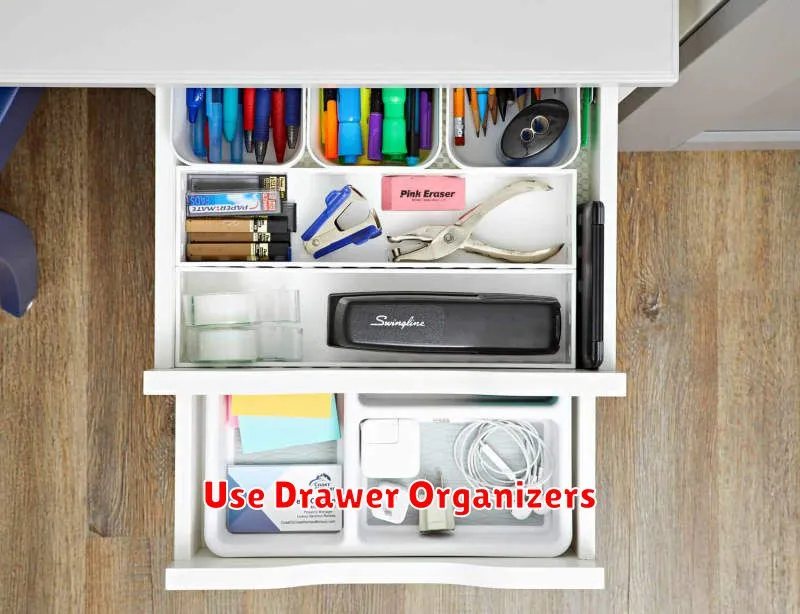
Drawer organizers are a simple yet highly effective way to maximize storage space and maintain order in your drawers. These organizers come in various materials, sizes, and designs, allowing you to customize your storage solutions based on your specific needs and the contents of your drawers.
By utilizing dividers and compartments, you can neatly separate items, preventing them from becoming jumbled and making it easier to locate specific items quickly. This is particularly beneficial for drawers containing items like clothing, utensils, or office supplies.
Investing in high-quality drawer organizers that are durable and easy to clean is crucial. Materials such as sturdy plastic, bamboo, or fabric organizers with rigid structure ensure longevity and withstand daily use. Consider the size and shape of your drawers when choosing organizers to ensure a proper fit.
The benefits extend beyond mere organization. Properly organized drawers contribute to a cleaner and more efficient space, reducing stress and saving you valuable time spent searching for misplaced items. This ultimately enhances productivity and improves your overall home environment.
Ultimately, the selection of appropriate drawer organizers will depend on the content of your drawers and personal preferences. However, the overall impact on organization, efficiency, and aesthetic appeal is undeniable, making it a worthwhile investment for any home or office.
Compact Filing Systems
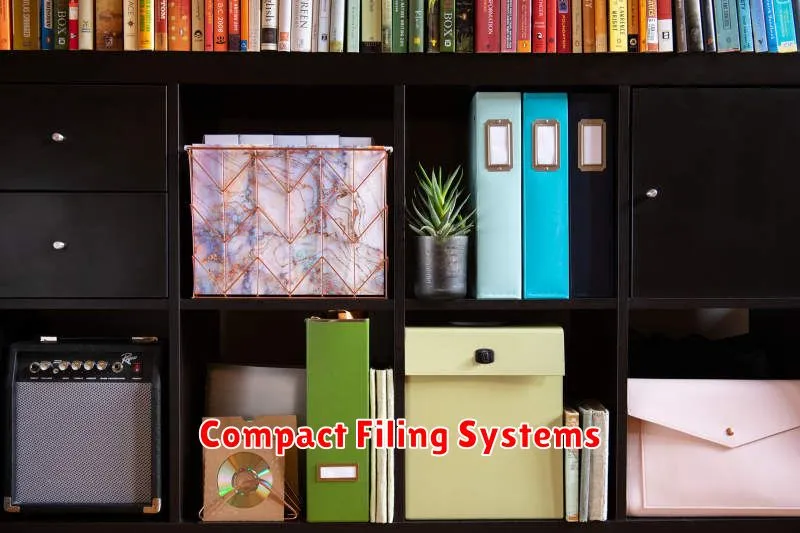
Compact filing systems offer a significant advantage over traditional methods by maximizing storage space and improving efficiency. They are designed to optimize the use of available space, particularly beneficial in offices or environments with limited square footage.
Several types of compact filing systems exist, each with its own unique features and benefits. These include mobile shelving systems, high-density shelving, and lateral filing cabinets. The optimal choice depends on factors such as the volume of documents to be stored, the frequency of access required, and the overall budget.
Mobile shelving systems are characterized by their ability to move on tracks, allowing users to access specific sections while minimizing aisle space. This feature is particularly useful for archives or infrequently accessed documents, resulting in a substantial increase in storage capacity.
High-density shelving utilizes space efficiently by minimizing aisle width. Shelves are arranged closely together, with specialized mechanisms allowing for easy access to specific units. This system is ideal for large volumes of documents with moderate access frequency.
Lateral filing cabinets offer a more traditional approach but within a compact design. These cabinets maximize vertical space while still providing straightforward access to files. They are suitable for smaller offices or departments with a more moderate filing volume.
The implementation of a compact filing system often results in several key improvements. These include increased storage capacity, reduced floor space requirements, enhanced accessibility, and improved organization of files. Ultimately, this translates to cost savings, increased productivity, and a more efficient workflow.
Selecting the right compact filing system requires careful consideration of the specific needs of the organization. Factors such as the type and volume of documents, frequency of access, and budget constraints should all be carefully evaluated before making a purchase decision. Consulting with a filing system specialist can be beneficial in navigating these complexities.
Incorporate Cable Management
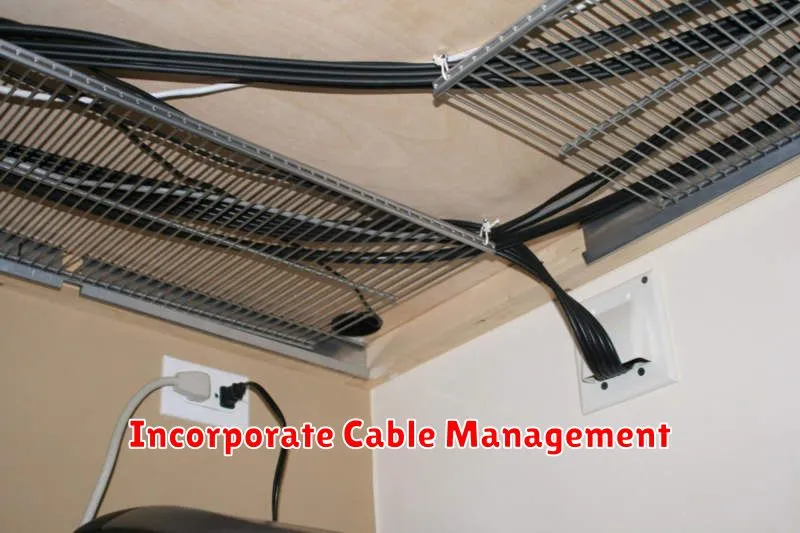
Cable management is crucial for a clean and organized workspace. Untangling a mess of wires not only improves aesthetics but also prevents tripping hazards and improves airflow, leading to better performance for your electronics.
Consider using cable ties, zip ties, or adhesive cable clips to bundle and secure cables. For more permanent solutions, cable sleeves or raceways can be installed to neatly conceal wires along walls or under desks.
Proper cable labeling is also important. Clearly identifying each cable prevents confusion when troubleshooting or making changes to your setup. Use self-adhesive labels or a labeling printer to create professional and easy-to-read labels.
Don’t forget about power strips and surge protectors. These devices help manage power cables and provide protection against power surges, safeguarding your valuable equipment. Opt for power strips with built-in cable management features to further organize your setup.
By implementing these cable management techniques, you can create a more efficient, safer, and aesthetically pleasing workspace. The initial effort will significantly improve your overall experience and prevent future frustrations.

